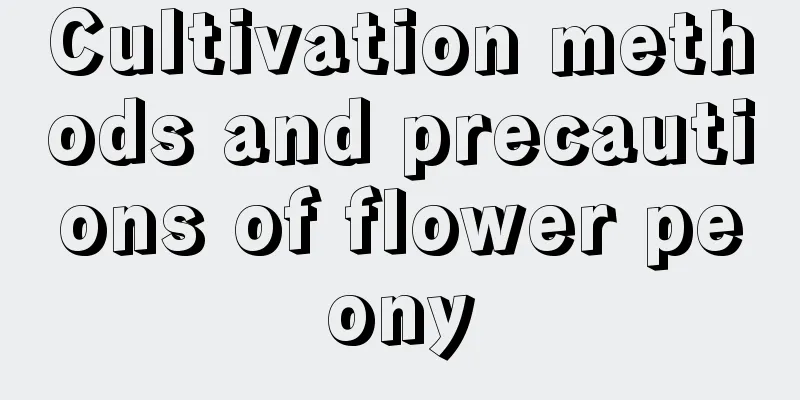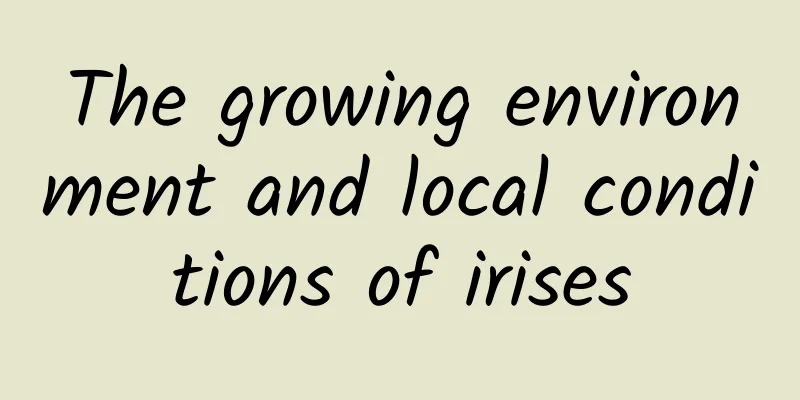What to do if the green radish grows slowly

Reasons for slow growthnutrientThe reason why the green ivy grows slowly is actually mainly due to nutrients, including watering and fertilizing. If there is not enough water and fertilizer when growing green radish, it will lack nutrients for its growth. At this time, slow growth will occur and there will be no obvious growth. environmentThe main environmental factors are light and temperature. If you want the green radish to grow fast, you need a higher temperature because the green radish prefers warmth. The second is light. The light must be sufficient so that photosynthesis can be good and the leaves can be green. Growth restrictionAnother possibility is that the growth of the green radish is restricted, such as the flowerpot is too small or the soil is compacted, etc. These are factors that will cause the roots of the green radish to grow poorly. The result is that the green radish grows slowly. what to doAdequate fertilizerThe green ivy will only grow fast if it has enough nutrients, so you must pay attention to fertilizer. When repotting or potting, be sure to add some base fertilizer, and apply top dressing reasonably during the growth period, mainly foliar fertilizer. When applying fertilizer, you can usually buy some special fertilizers, or you can make some at home, such as rice water. Stay hydratedWater is also a very important point. The main thing is to ensure that the soil is moist but not waterlogged. In spring, summer and autumn, it is generally watered once a week, and the watering must be thorough. It is best to spray some water on the leaves of the green radish. In winter, it is generally sufficient to water the plants 1-2 times a month. If the temperature is high, you can water them more frequently. Loose and breathable soilSoil and flower pots are also very important aspects. When growing green radish, you must choose loose and breathable soil, which can be special nutrient soil or self-prepared. It is best to put a layer of expanded clay at the bottom of the flower pot. |
<<: What to do if hibiscus buds fall
>>: Reasons and solutions for the drying up of yew bonsai
Recommend
How often should I water Dendrobium candidum?
How often should I water Dendrobium candidum? Den...
How to grow Dendrobium officinale in pots at home
1. Pot soil selection If you want to plant it in ...
How to identify the sedge
1. Rhizome The main root of the willow is cylindr...
What should I pay attention to when repotting mint?
Mint is a common potted ornamental plant. In orde...
How big a pot should a 30cm tall mage use? How high a pot should a mage need?
· The succulent plant is a popular succulent vari...
Can you grow succulents in ordinary soil?
Can ordinary soil grow succulents? Succulents can...
What should I do if the leaves of Christmas cactus become soft in winter? The leaves become thinner and softer.
1. Control the temperature Christmas cactus is a ...
What kind of soil do succulents like?
1. Soil conditions 1. Loose: Although most succul...
How long does it take for eggplant to bloom and bear fruit? How long does it take from flowering to harvest?
How long does it take for eggplant to bloom and b...
When is the best season to plant jujube?
Green jujube planting season and time The plantin...
The difference between Silver Princess Waxwood and Golden Edge Boxwood
1. Difference of blades The leaves of the silver ...
How to grow Isuzu jade
1. Choice of soil and pots: If you want to plant ...
Celery's growing environment and growing conditions
Celery Growth Environment and Conditions Celery i...
Can chestnut trees be transplanted in winter? The time and method of transplanting
Can chestnut trees be transplanted in winter? Che...
How to prune Anthurium
When to prune anthurium Anthurium pruning needs t...









